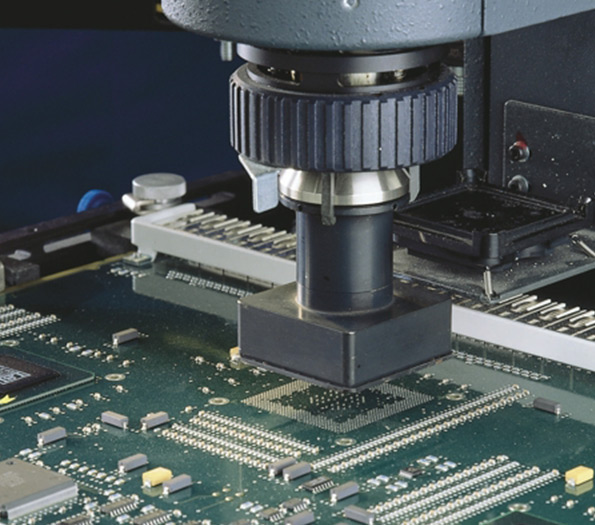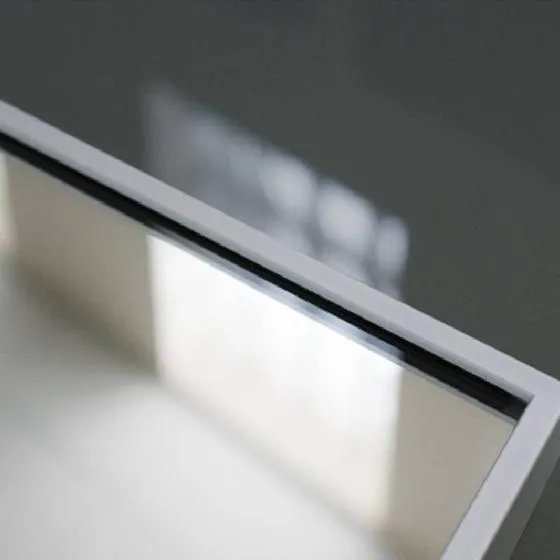Exploring the Factors Influencing the Cost of Mirror Glass

Mirror glass, with its sleek finish and ability to enhance spaces, is a staple in both residential and commercial settings. However, if you are embarking on a renovation project or simply looking to replace existing mirrors, understanding the cost factors involved can help in making informed decisions.
Here's a comprehensive look into what affects mirror glass pricing.
The Basic Cost Determinants

Several fundamental factors influence the cost of mirror glass. Size is a primary determinant; larger mirrors naturally cost more due to the increase in materials and labor required. Alongside size, the thickness of the mirror glass also plays a crucial role. Standard mirrors are typically 1/8 or 1/4 thick, with thicker options offering more durability and typically resulting in higher costs.
Type and Quality of Glass
The type of glass used is instrumental in pricing variations. Standard silver mirrors might be more affordable, but if you opt for tempered or laminated safety glass, be prepared for higher costs. Additionally, low-iron glass provides a clearer reflection without the green tint common in regular glass, but this premium quality comes with an elevated price tag.
Customization Options
Customization is another aspect that directly impacts cost. Etching, engraving, or any decorative additions can transform a standard mirror into a bespoke piece, but these enhancements significantly increase the cost. Furthermore, options such as antique or tinted glass provide aesthetic variation but also add to the final expense.
Installation Fees
Installation is a critical element affecting the overall cost of mirror glass. While smaller mirrors may be a simple DIY task, large installations often require professional handling to ensure safety and durability. Factors such as location difficulty (e.g., high ceilings or cramped spaces) can further raise installation costs.
Brand Reputation and Warranty
cost of mirror glass
The manufacturer's reputation can influence pricing. Renowned brands that offer high-quality mirror glass with robust warranties often charge a premium. A good warranty ensures protection against defects, providing peace of mind, albeit at a higher initial cost.
Additional Features
Modern mirrors come with various additional features designed to enhance functionality and aesthetic appeal, including LED lighting, demister pads, or built-in digital displays. These features convert the mirror into an upgraded, multi-functional appliance but can substantially boost the price.
Transportation Costs
Transporting large and fragile materials like mirror glass is costly and should be factored into the overall expense. Distance, handling requirements, and special packaging for protection can all contribute to shipping fees.
Environmental Factors
Eco-friendly mirror glass options are gaining popularity, with manufacturers offering products made from recycled materials or energy-efficient manufacturing processes. While these options support sustainable practices, they can come with a higher price.
Conclusion Making Informed Choices
When considering the cost of mirror glass, it's essential to look beyond the price tag and understand the various elements that contribute to it. By comprehensively examining these factors—size, type, quality, customization, installation, brand reputation, features, transportation, and sustainability—consumers can align their needs with their budget efficiently. Whether opting for a simple, functional mirror or a luxury, custom piece, knowledge of these influencing factors ensures both value and satisfaction in your purchase decision.
By approaching your mirror glass purchase with awareness and understanding, you can confidently choose the right mirror that meets your aesthetic demands while fitting your financial constraints. Expansive research and professional guidance can be invaluable, leading to a decision that harmonizes practicality with style.



